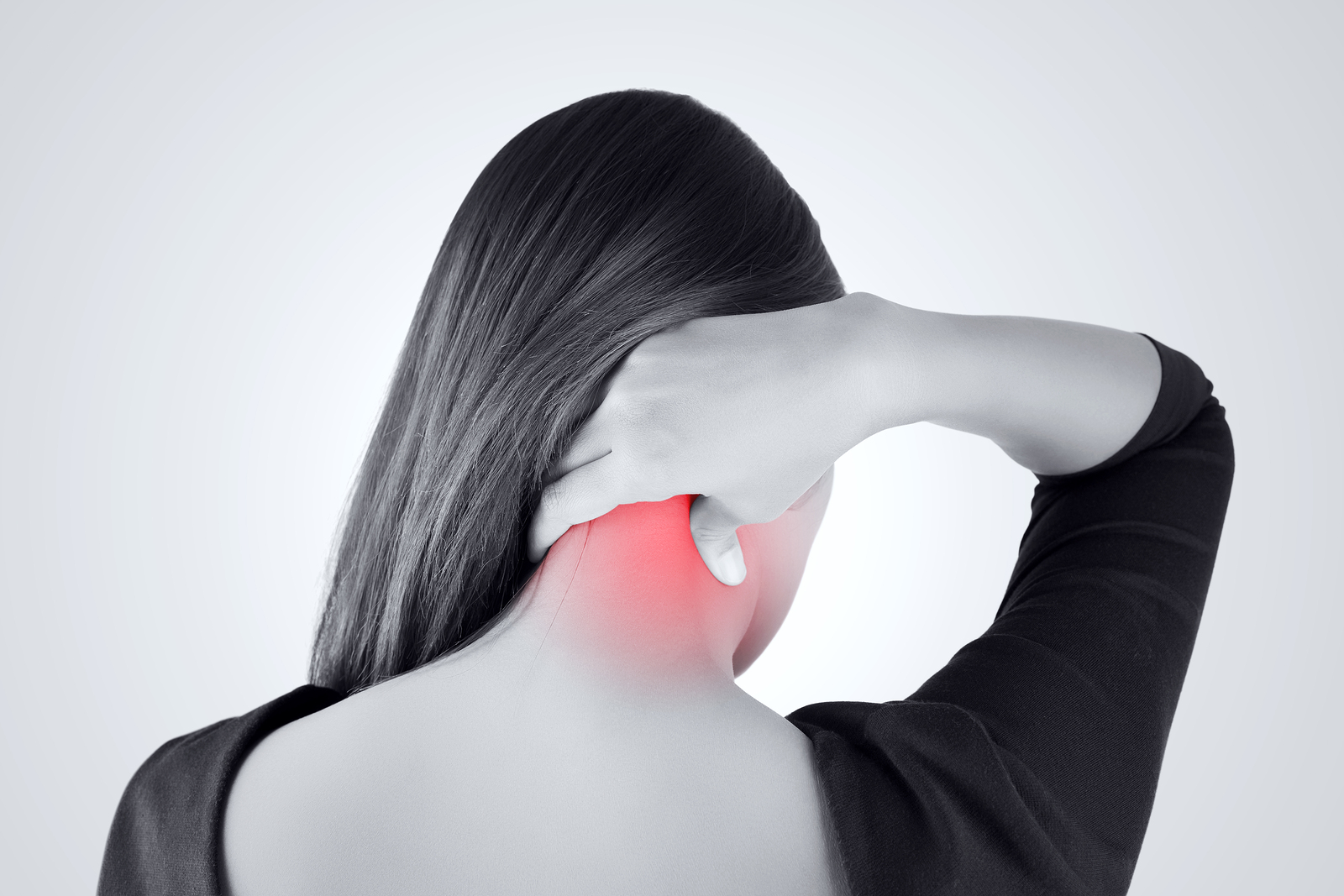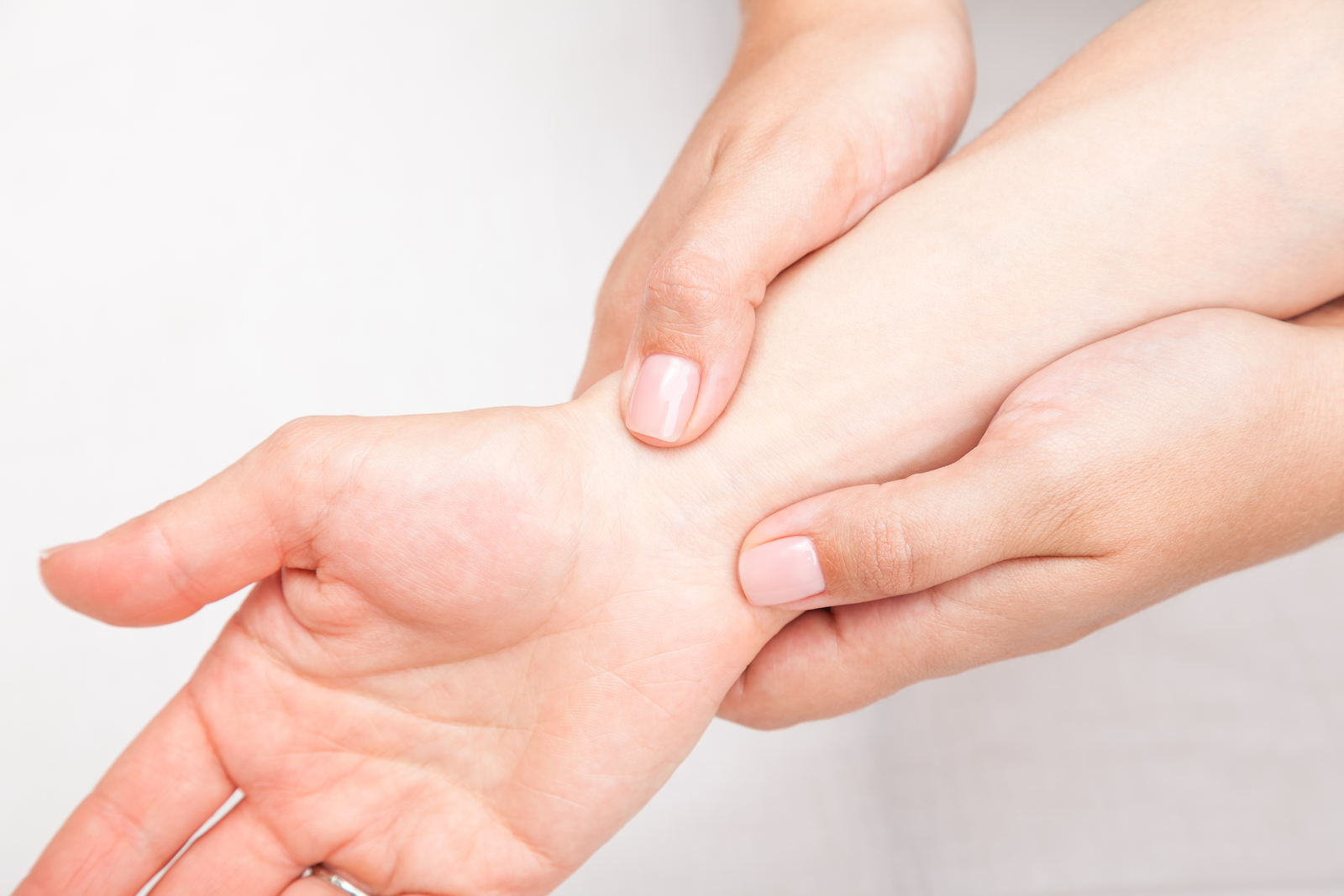Early use of bisphosophonates, the class of drugs that includes Fosamax (alendronate), and Actonel (risedronate), was industrial: corrosion prevention, laundry soaps, and fertilizer. They were used primarily in the textile and oil industries.
Scientists only discovered that bisphosphonates inhibit bone resorption (or bone loss) in the late ‘60s. Bone scans proved that the drugs increased bone density as long as they were taken regularly. In 1995, the FDA approved Fosamax for use in the treatment and prevention of osteoporosis. Since then these osteoporosis drugs have quickly gained market share, fueled by dire warnings of the impending osteoporosis crisis.
The Benefits and Risks of Fosamax and Other Bisphosphonates
But there’s a big problem with this class of drugs. No studies have been conducted to determine how they affect bone and overall health with long-term use. In fact, the longest study spanned three years. And now that we know that inhibiting bone loss also inhibits new bone growth, it’s very likely that we are creating a generation of women with dense but old and brittle bone. But how will we know?
Since almost 40% of women over 50 are considered at risk for osteoporosis, it seems we are in the midst of yet another grand public experiment the scale of which rivals the early days of Hormone Replacement Therapy (HRT). It’s what the industry calls “post-market surveillance” and you are paying for it.
Merck, the parent company of Fosamax (as well as Vioxx) claim that their drug is safe is taken as directed (upon rising, with a full glass of water at least 30-60 minutes before breakfast). Inflammation of the esophagus and stomach lining can occur if you lie down too soon after taking the pill, but the company asserts that long-term use has no ill effect.
But this really depends on your definition of long-term use. While it may be true for women who use the drug for a limited time (6-24 months), over time the side effects appear to worsen. Women who have taken Fosamax for more than a couple of years report serious bone and joint aches and increasing pain and discomfort (perhaps a side effect of accumulating old bone with no new bone growth?).
What’s more, a 1993 report discovered that a small percentage of bisphosphonate users experienced serious eye problems that could lead to vision loss; one third of the study group complained of blurred vision. More troubling is the small group of people in a recent study who were on corticosteroids and then Fosamax-like drugs: 1 in 12 had deterioration in their jawbone.
I see this borne out in my practice all the time. Women who are on Fosomax come to me experiencing the beginning of systemic failure—which makes sense when you think that this is a class of drug in the same family as cleansing powders! What’s more, most of these women could do more to prevent bone loss by making certain lifestyle changes, without the risk. After all, to get FDA approval, you only have to prove your drug is more effective than a sugar pill.
If reading the news about Vioxx and other drug recalls is not enough to convince you that pharmaceutical companies have their bottom line, not the public’s interest, at heart consider this quote from FDA employee and whistleblower Dr. David Graham: “But, when there are unsafe drugs, the FDA is very likely to err on the side of industry. Rarely will they keep a drug from being marketed or pull a drug off the market… There’s no incentive for the companies to do things right. The clinical trials that are done are too small, and as a result it’s very unusual to find a serious safety problem in these clinical trials. Safety flaws are discovered after the drug gets on the market.”
Final Thoughts on Bone Loss in Women
I think it’s time we stop being guinea pigs. Osteoporosis is an easily preventable and highly treatable disease (without the prescriptions); it just takes a little work!
For more information, read our articles on Bone Health and Bioidenticals and HRT.








